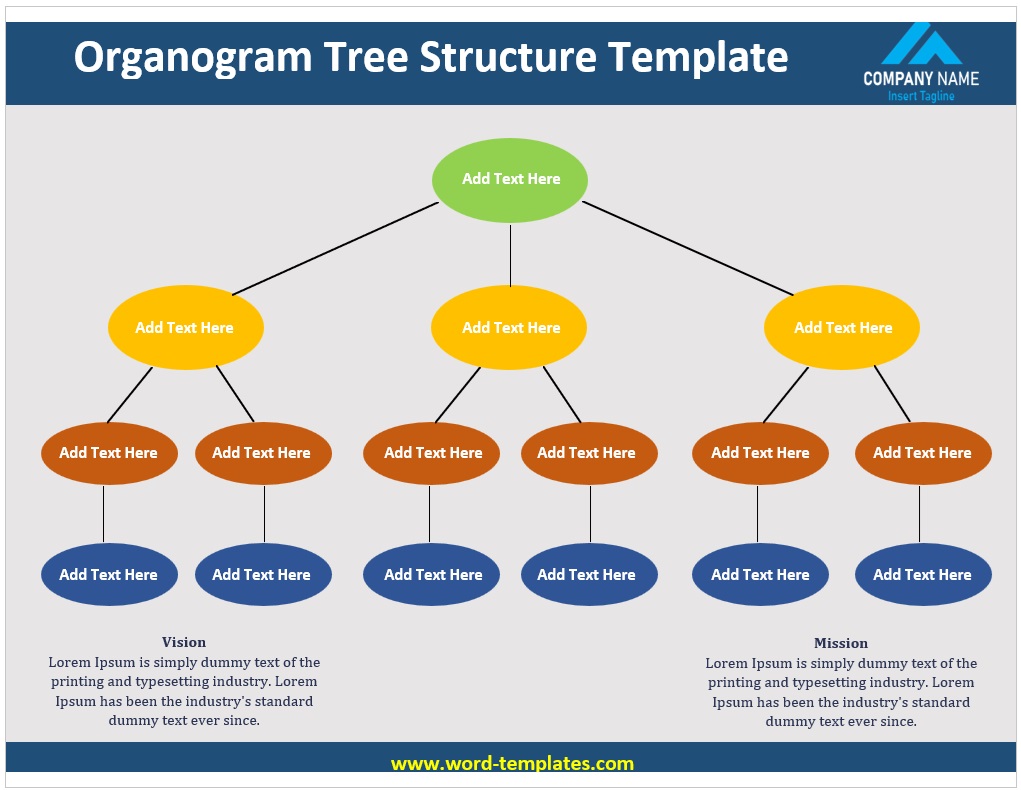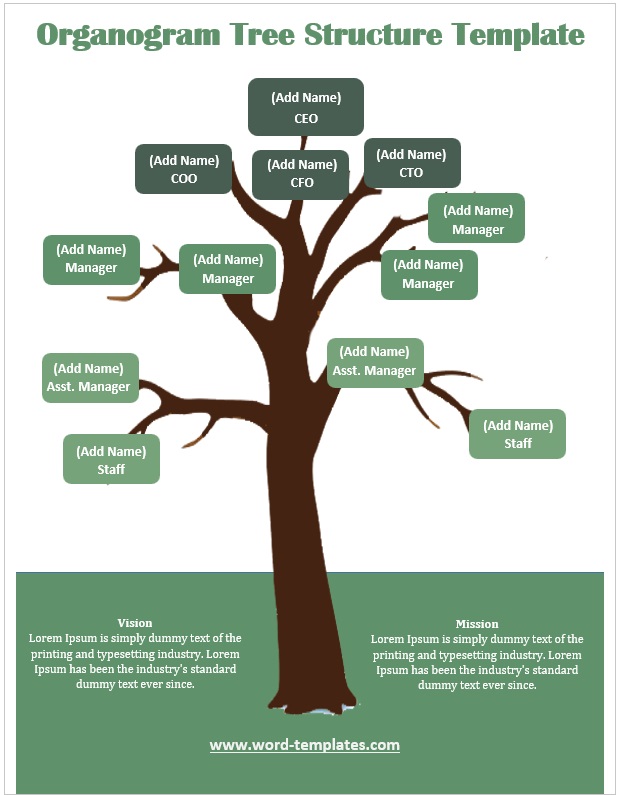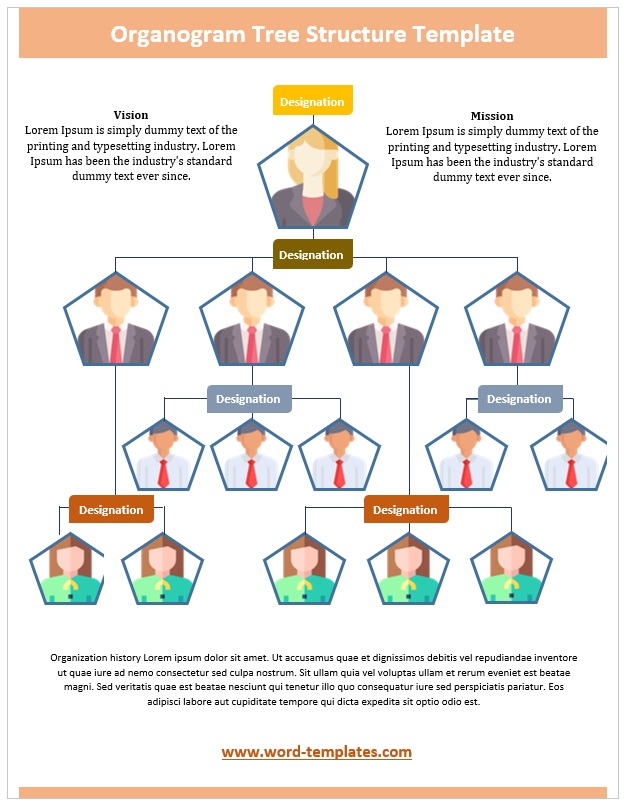Here you can download these Organogram Tree Structure Templates in MS Word format and you can also download Printable Organogram Templates.
Are you attempting to design a clean and visually attractive corporate hierarchy diagram for your organization or initiative? If so, this is just the right spot for you! In this complete guide, we will focus on the case of organogram tree structure templates. What they may represent, why they matter, and how they can be employed effectively will all be elaborated upon in this article. Thus, when you are done reading through it, you will have everything that is necessary in order to create a striking organogram that could assist in simplifying your company’s bureaucracy.
Understanding the Organogram Tree Structure Templates
Let us first of all go over the basics. A structure template: organogram, is a visible blueprint of an organization’s staff and departments arranged from top to bottom. This structure looks like a tree where the CEO which is the top governing body of the company is at the base and there are several branches each denoting different levels of power and responsibility.
The Root of the Tree: Top Management
At the top of the organization chart lies the chief executive officer. These are the chief operating officers who are supposed to lead, guide, direct, and control various project processes aimed at enhancing overall organizational development. Just as tree branches draw water and nutrients from the roots through trunks, branches, and twigs, so are derived offices like finance, production, marketing, sales, or personnel from the chief executive officer who constitutes the headquarters.
Branching Out: Middle Management
There is middle management that we hit as we go down the tree. They are the individuals who interpret the vision of a top manager so that the vision can become goals. The leaders make sure that the sections and teams can function smoothly. They act like the firm branches that hold up the tree.
The Leaves and Twigs: Frontline Employees
Immediately below this tree chart’s system of classification are the first-line employees who represent the enterprise through communication with customers, clients, and partners., they contribute to the overall well-being just as a leaf or twig plays its part in maintaining the life of a tree since they are the ones who deliver either services or products.
Free Organogram Tree Structure Templates
Here is a preview of this Organogram Tree Structure Template.





Why Are Organogram Tree Structure Templates Important?
Organizations, whether large or small, rely on shape to function effectively. Here’s where Organogram Tree Structure Templates come into play:
- Clarity: They offer a clean and concise review of the organization, helping personnel apprehend their roles and duties.
- Communication: Organograms facilitate higher communication with the aid of showing who to contact for specific subjects.
- Decision-Making: They are useful resources in choice-making methods by way of figuring out key decision-makers.
- Resource Allocation: Organograms assist in allocating assets effectively by pinpointing regions that require greater or fewer assets.
Now, let’s dive deeper into the components and advantages of Organogram Tree Structure Templates.
Benefits of Using Organogram Tree Structure Templates
Having a clear picture of the template structure of an organogram tree, the next question we have to ask is why it should be important at your data sciences firm.
Improved Communication
In the hierarchy, it is seen who reports to whom. This ease in reporting lines fosters smoother interaction within the organization. When everyone is aware of what they are supposed to do and whom they should communicate with, information moves without obstructions.
Streamlined Decision-Making
Once a hierarchy is in place, decisions are easier to make. It allows senior management to focus on strategic matters, allowing middle and front-line employees to concentrate on day-to-day operational choices that fall within their purview.
Enhanced Accountability
Simple roles and responsibilities make people answerable for what they do because when everyone is aware of what is required from them, performance can be gauged easily and cases of misconduct dealt with quickly.
Talent Development
Organizational charts help individuals find out who is capable of leading the organization. This understanding enables the selection, and development programs to target those areas with a view of preparing the organization for the challenges ahead.




![Free Monthly To-Do List Templates [DOCX] monthly to do list template 01](https://www.word-templates.com/wp-content/uploads/2024/08/monthly-to-do-list-template-01-233x300.jpg)
![Free Export Packing List Templates [MS Word DOCX] Export Packing List Template 01](https://www.word-templates.com/wp-content/uploads/2024/08/Export-Packing-List-Template-01-213x300.jpg)


